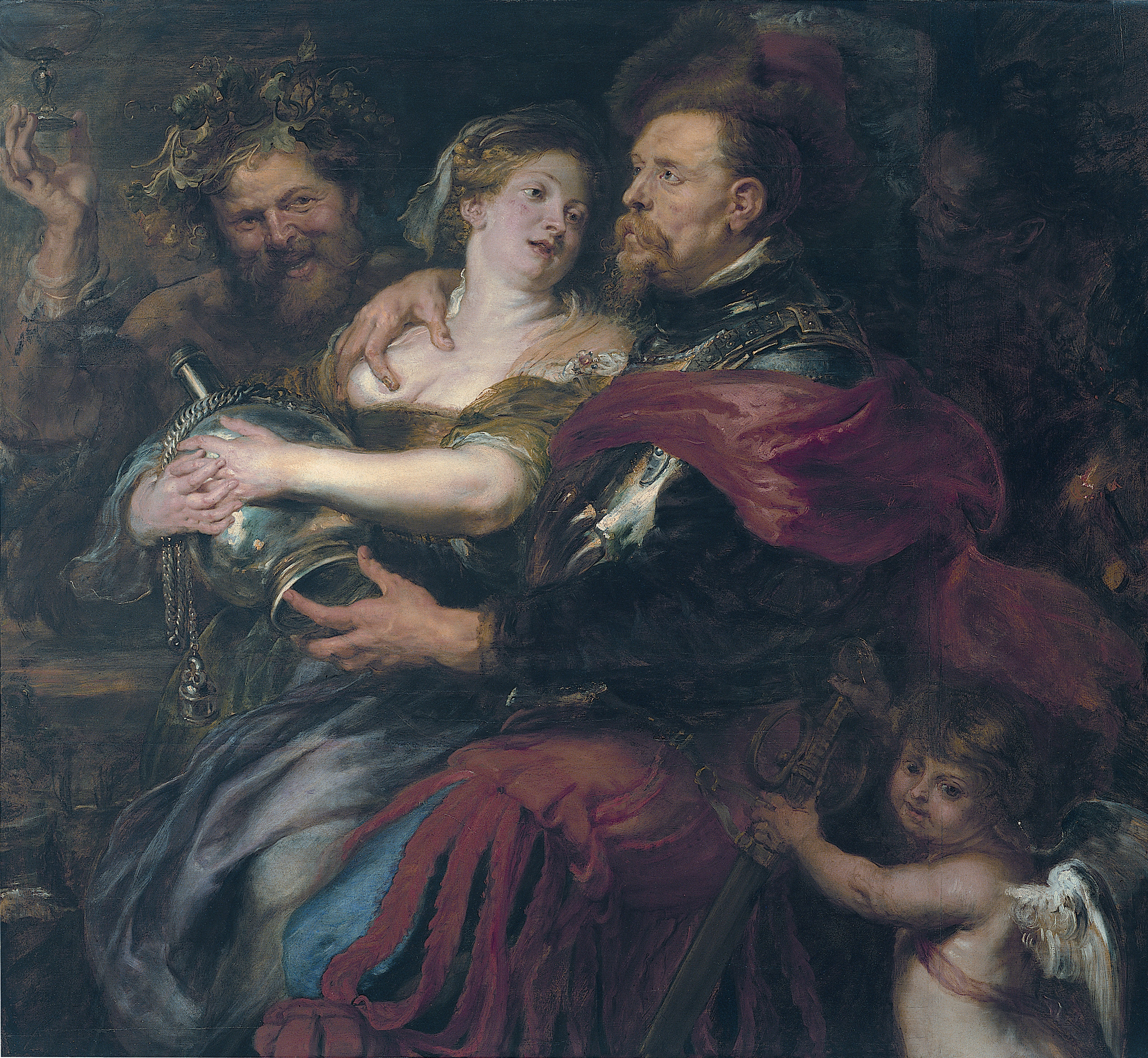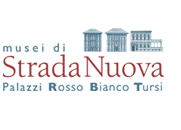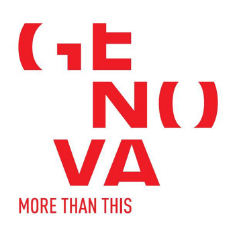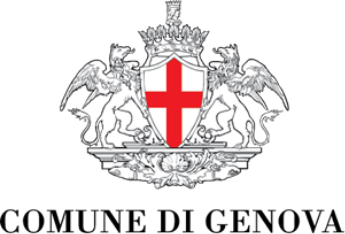
Click here to view image
Already Venus and Mars / allegory of intemperance
Brignole-Sale De Ferrari Maria 1889 Genova - legato
Rubens, Pieter Paul
painting
1632 - 1635 - XVII
PB 160
Unità di misura: cm; Altezza: 133; Larghezza: 142
olio su tavole di rovere
Mostra d'Arte Antica - Genova - 1982<br>Pieter Paul Rubens. Kritischer Katalog der Zeichnungen - Berlino - 1990<br>Rubens - Lille - 2003
The painting is presented as an allegory, in which traditionally have been recognized the figures of Love disarming Mars, god of war, who, astonished, surrenders to the prococious charms of Venus and the intoxication caused by the wine contained in the silver flask and cup, offered to him by Bacchus, the god of the joy of life. Venus wears coeval clothes, her face and her curvy physiognomy reflect canons of beauty common in Rubens's production and do not belong, as the inventories of the Brignole - Sale house wanted, to the painter's second wife. Mars, on the other hand, wears the typical attire of the lansquenet and is not a self-portrait of the artist, as the aforementioned inventories estimated, but reproduces the face, identical even in expression, of a member of the Van den Wijngaerd family, which Rubens portrayed at least two other times. The Fury that bursts, on the right, from the shadows of a landscape that, on the left, is revealed to be desolate, burned and ravaged by war, has been realized with vibrant essential touches of brown and black directly on the reddish-brown preparation and contrasts with the sensuous chromatic intensity and intact luminosity of the impasti of the figures in the foreground, of Titianesque ancestry. Recently the subject has been interpreted more generically as an Allegory of Intemperance, rejecting the identification of the two protagonists as the god of War and the goddess of Love. , A masterpiece of the Flemish artist's late maturity, datable between 1632 and 1635, the panel is first mentioned in Genoa in about 1735, when it was reported to have belonged to Gio. Francesco II Brignole - Sale in the Palazzo Rosso; according to a recent investigation, however, the painting would have come to the city from Madrid about thirty years earlier, probably through Francesco de Mari. The vicissitudes of the work in the following thirty years until 1735 are still unknown.




